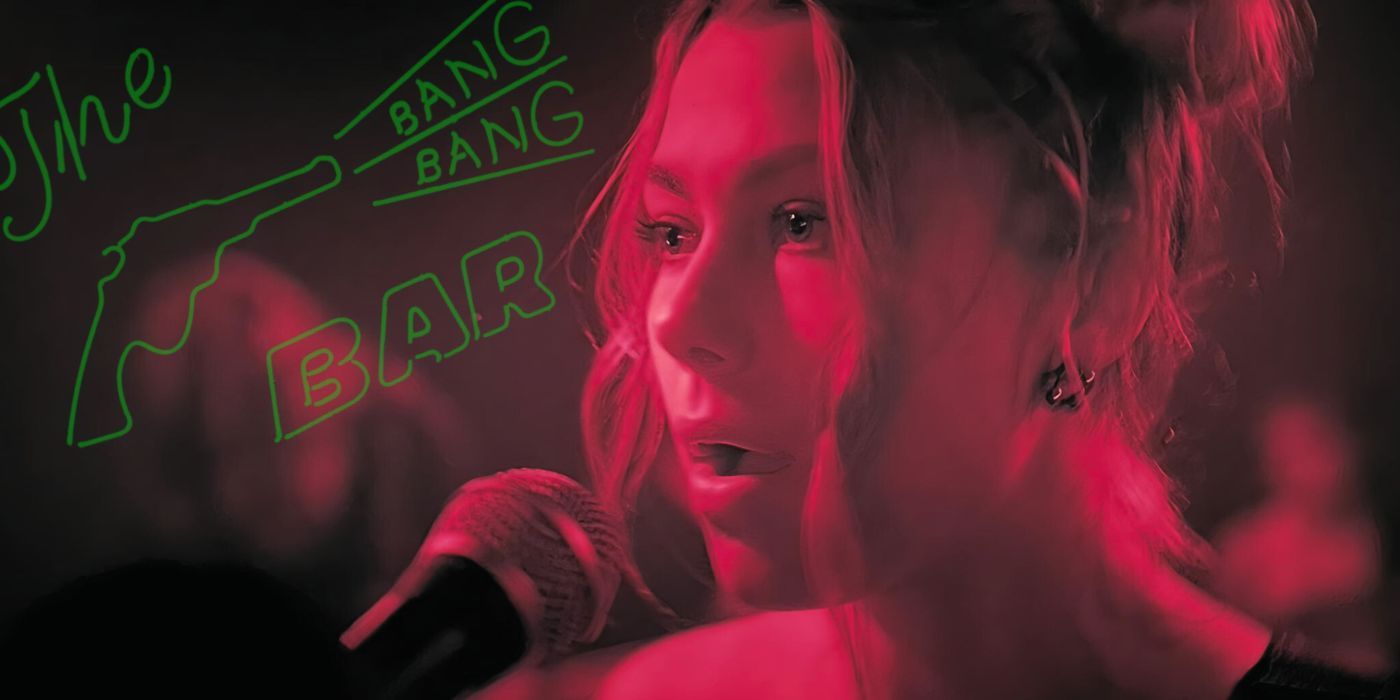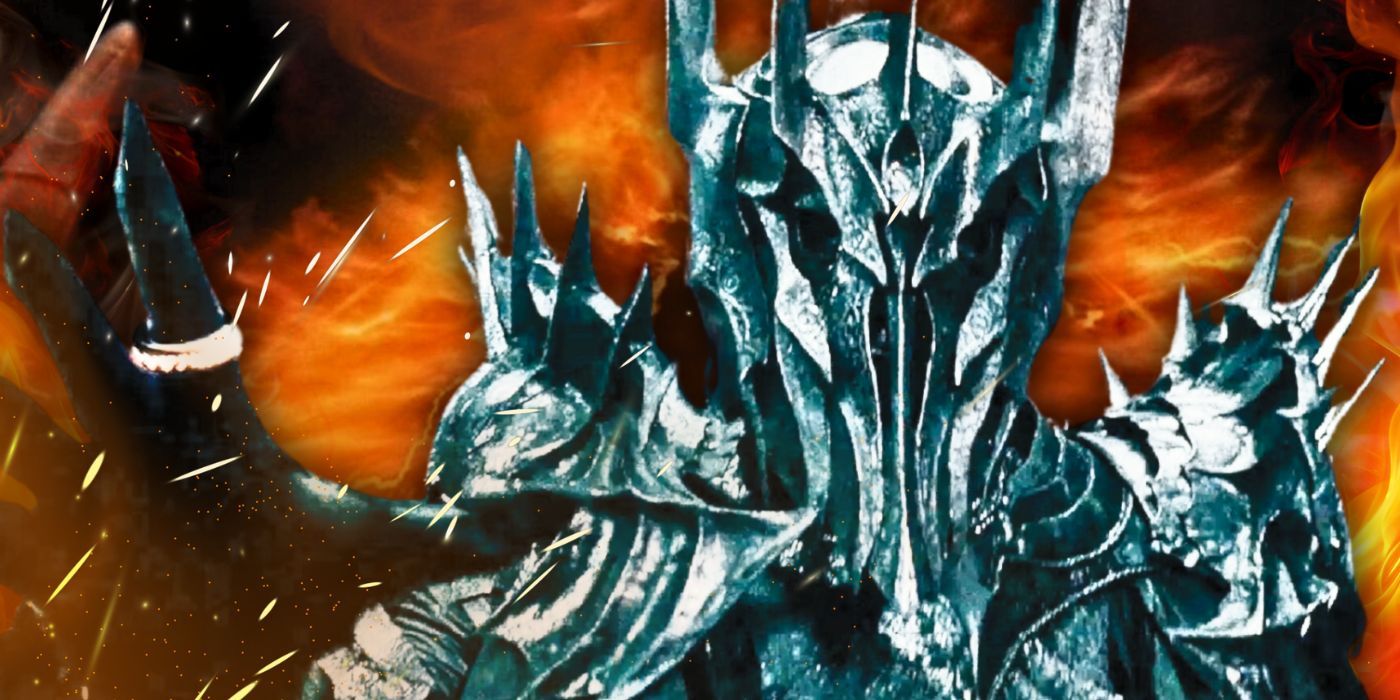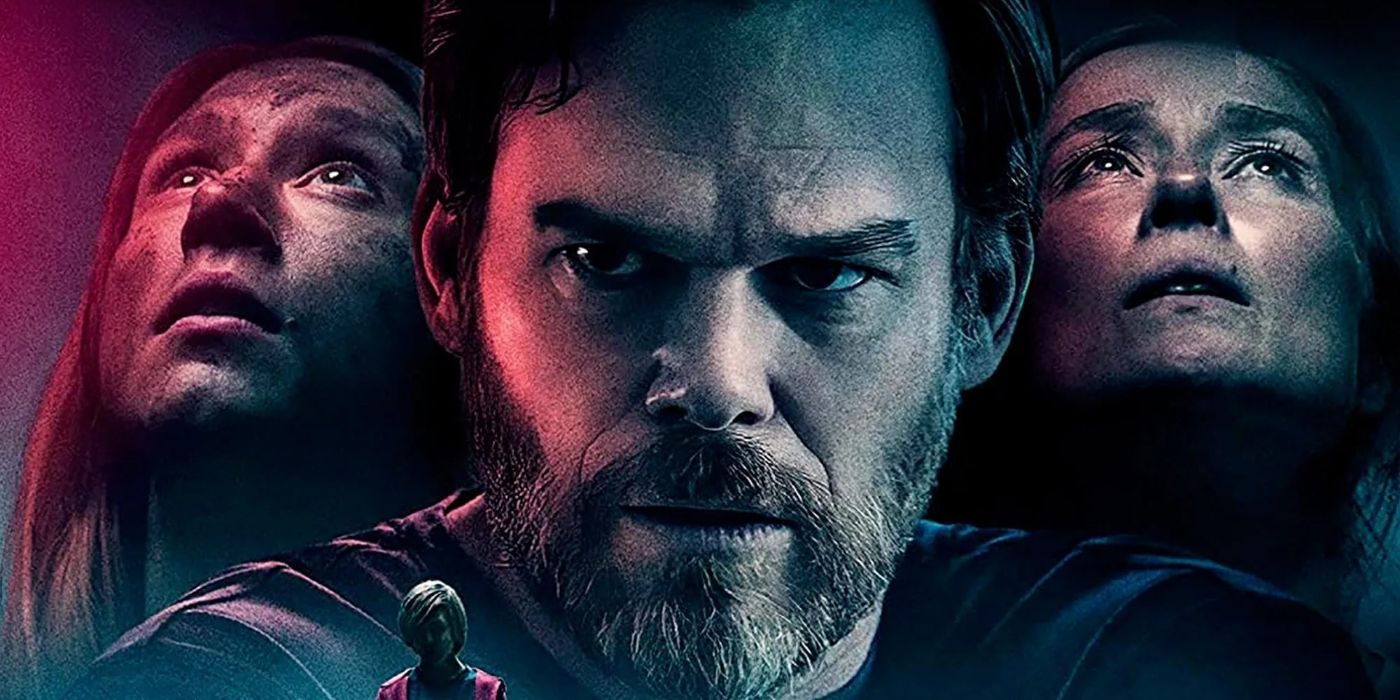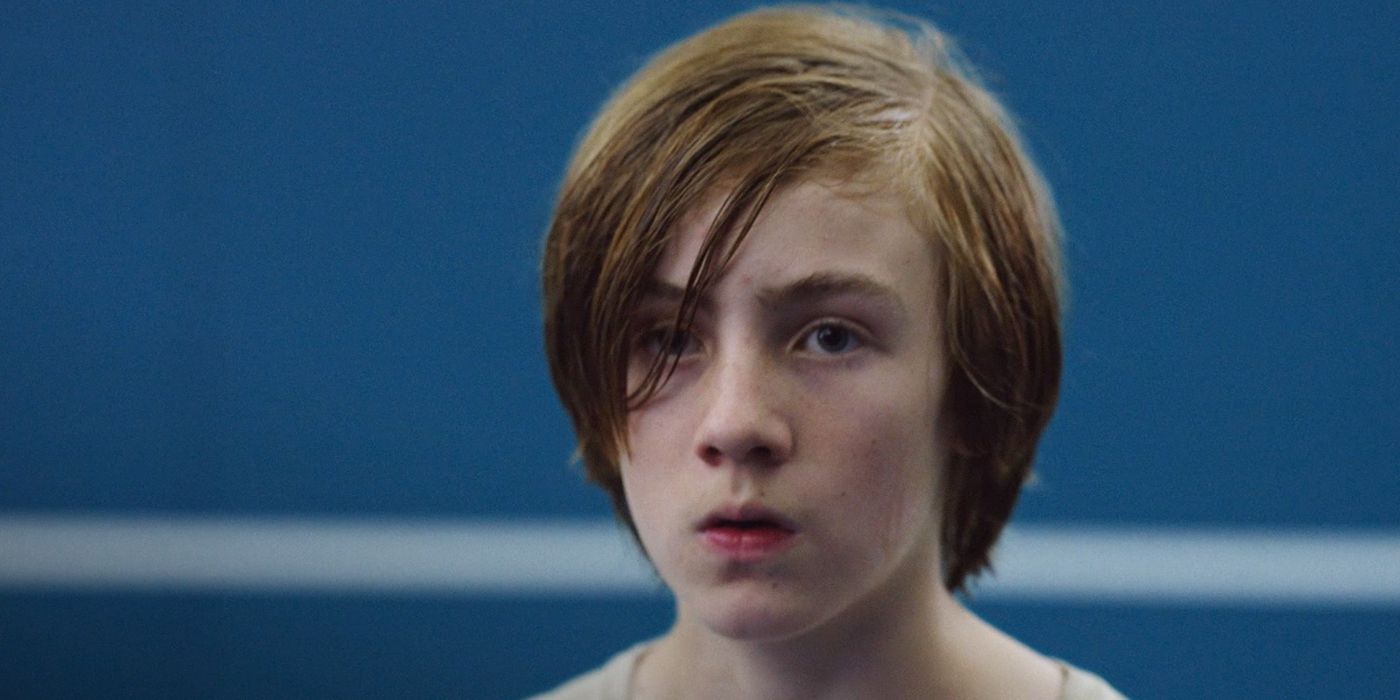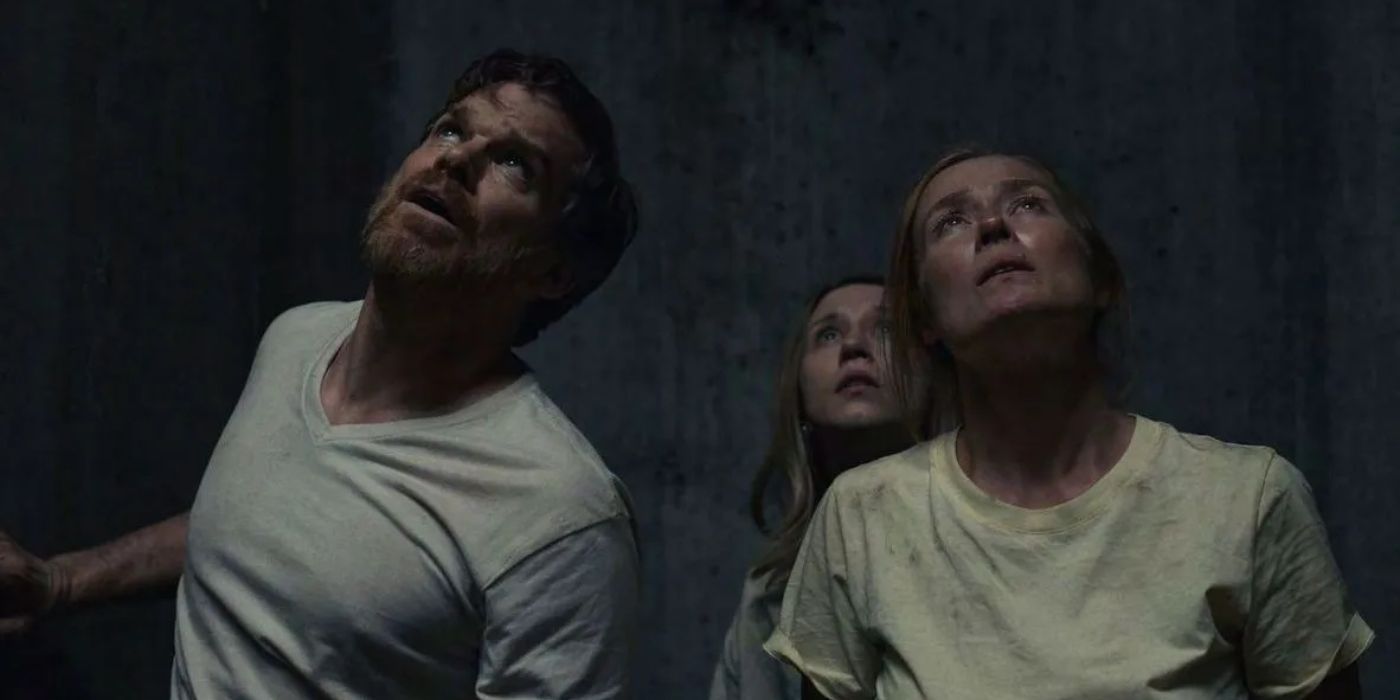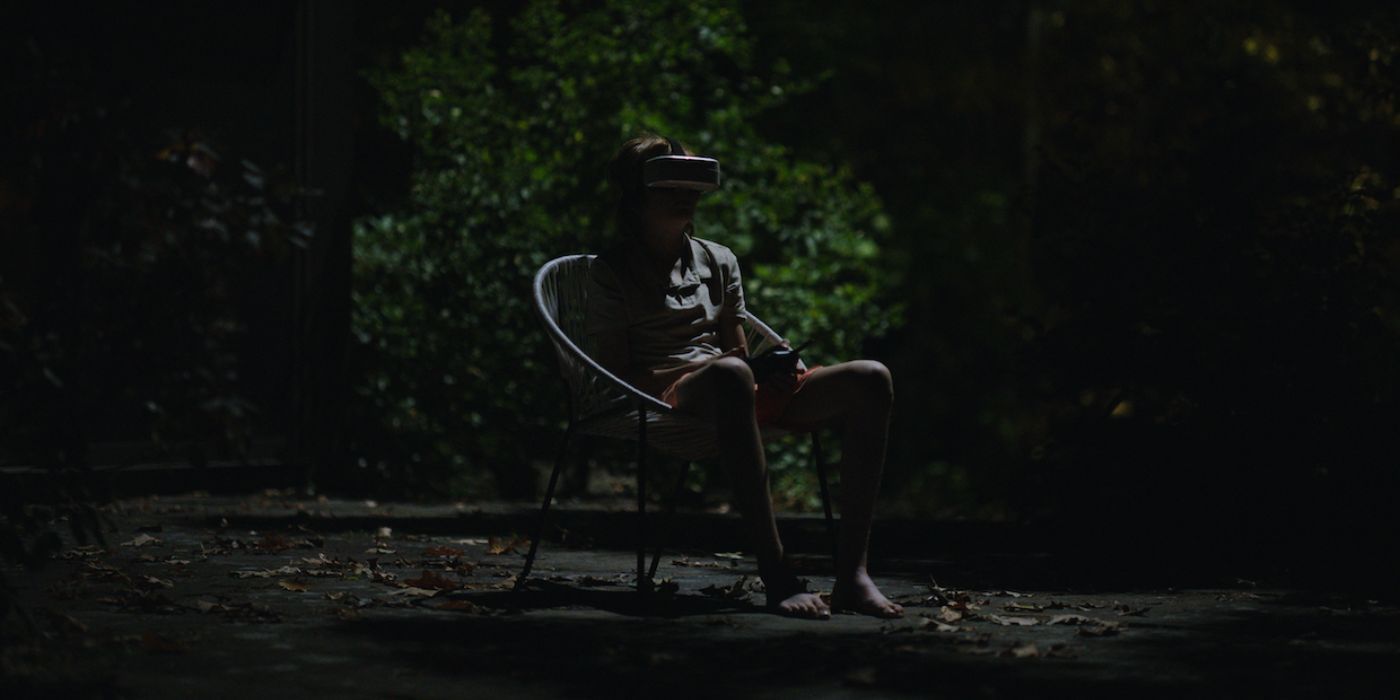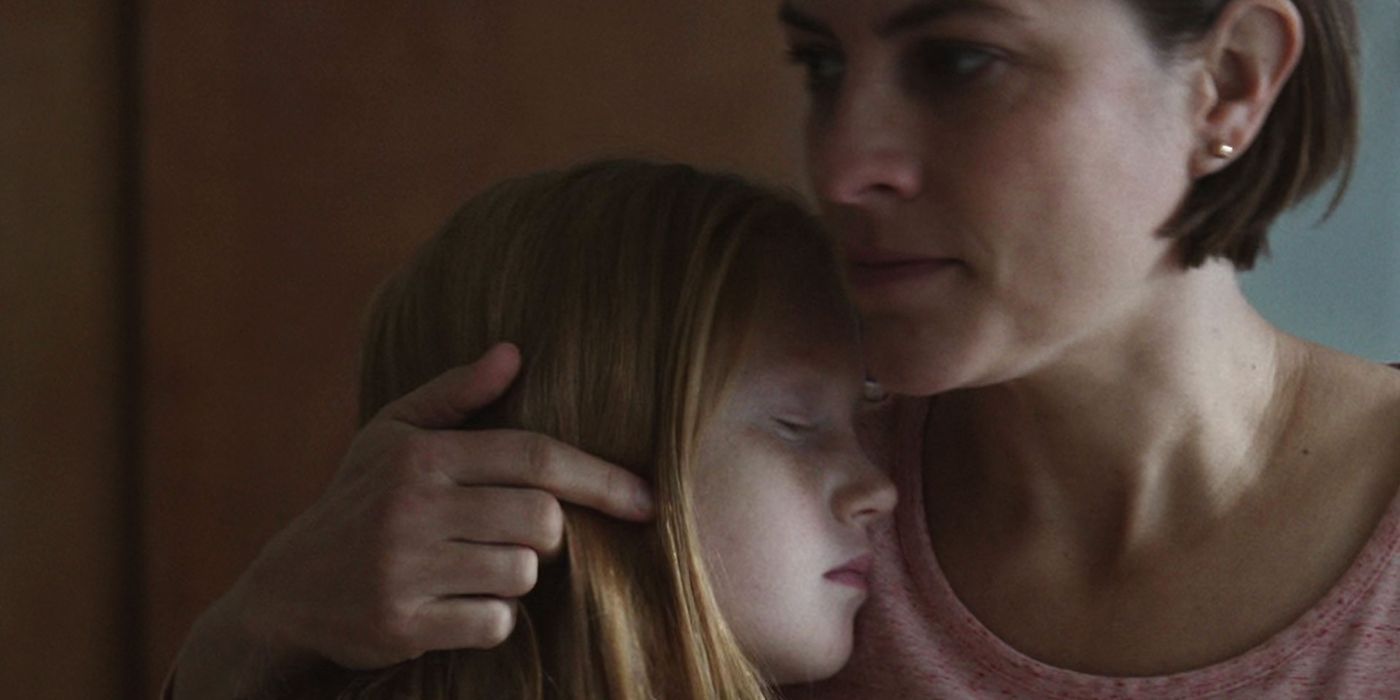Summary
- John and the Hole provides a dark coming-of-age story that explores wealth, maturity, and evil in a deep and intriguing way.
- The film delves into the psychology of a 13-year-old boy named John who traps his family in a hole to experience adulthood.
- The lack of consequences at the end highlights a disturbing truth about privilege, wealth, and the distorted values within the Shay family.
John and the Hole is the 2021 debut feature film from Spanish director Pascual Sisto and its statements on wealth, maturity, and evil make for an intriguing deep dive. A coming-of-age movie with a dark angle, John and the Hole's title tells the audience exactly what the film is about. Unsurprisingly, the movie is centered around 13-year-old John (Charlie Shotwell), the youngest child of the affluent Shay family, and it's also very much about a hole in the ground, one John stumbles across in the woods behind his home.
The film also stars Michael C. Hall in a post-Dexter role as Brad, John's father; Jennifer Ehle as Anna, his mother; and Taissa Farmiga as Laurie, his older sister. After John discovers a deep hole, the disaffected and nigh-emotionless youth goes about drugging his family and placing them at the bottom of the hole, interested in seeing what life is like as an adult, that is, without anyone in his life able to tell him "no". Along with being a coming-of-age movie, John and the Hole is a psychological thriller that questions why someone with everything still wants more.
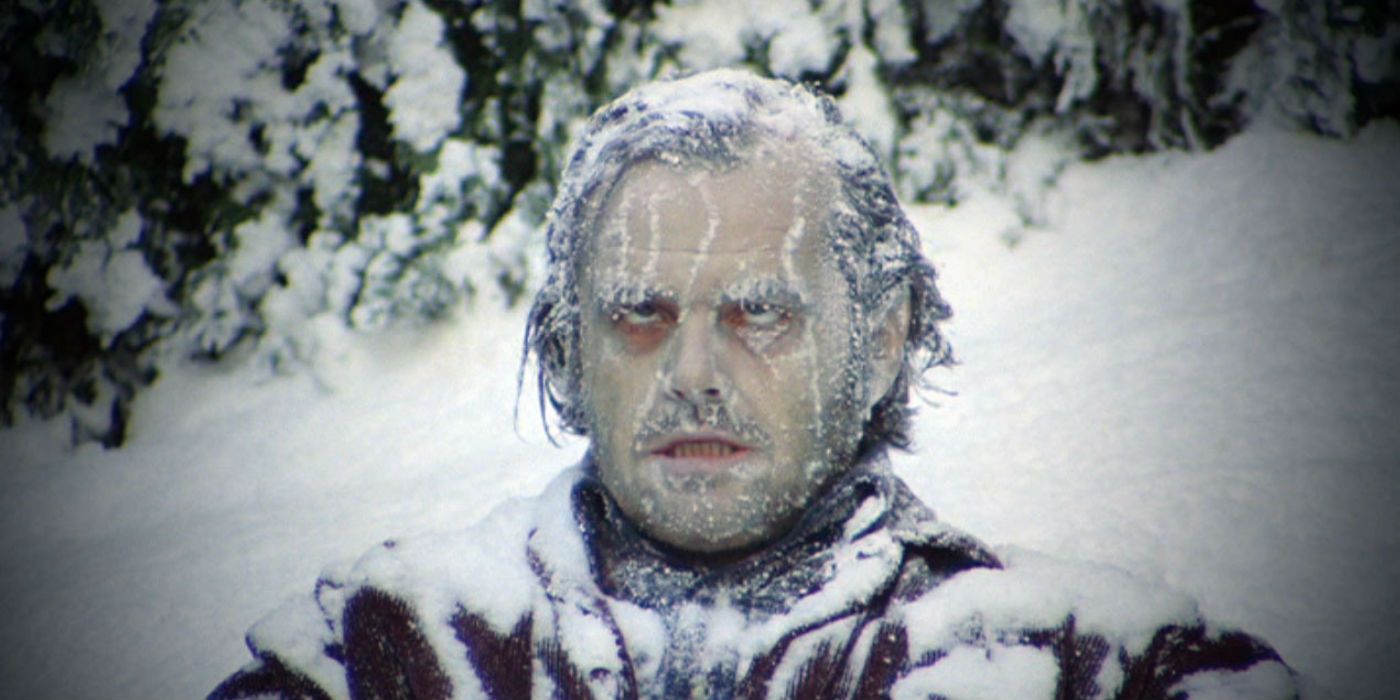
10 Ambiguous Movie Endings Whose True Meanings Will Never Be Settled
Some movie endings are so perplexing that they can spark debates which last for years. Fans can love the movie, but fail to agree on its meaning.
John And The Hole Is Not About Mental Illness
The Movie Has Other Concerns Than John's Mental State
From John's introduction in John and the Hole, it's clear that there is something odd about him. He speaks with a stilted affectation, stares icily at people whether they are looking at him or not, and is generally quiet, content to say only a few words to others, including his family. It's never explicitly mentioned in the film if John has a personality disorder and the only real reference to something being wrong is John's family making jokes about his "weird" questions.
Once John drugs his family and wheelbarrows them to the hole in the woods, it's clear he's made the jump from "aloof" to something much darker and troubling. What that something is, is not expanded on, but Pascual Sisto answered a question regarding intentional allusions between John and the stereotype of school shooters being the "quiet kid", saying (via Mel Magazine),
"I mean, of course, we all see these terrible [news stories] everywhere. And we did talk about them with Charlie [Shotwell]. We always said that, sure, John could be a potential shooter. He could end up in some crazy [news story] like that — of course, it’s still crazy what he did, but it could have led to a darker, more potential wrong. But we always wanted to say, 'What if this is a story of a character that doesn’t [do something terrible], but has the same issues and the same problems that you see in all these [other] kids?'"
Sisto is not interested in diagnosing his film's protagonist. Instead, John and the Hole is concerned with the specific whys of what John is doing. Why did he abduct his family? Why is John so intrigued by the idea of being an adult? Why is John unsatisfied with his seemingly perfect life? It's not important "what" is "wrong" with John; John and the Hole is about something more abstract.
John Trapped His Family To Experience Adulthood
The Shays Are In The Way Of John Maturing
Throughout the beginning of John and the Hole, John asks strange and complex questions that his parents don't have the answers to. He often inquires about what it is like to be an adult, a question his parents aren't really able to answer because they don't know exactly why their son is asking it, and they may not know themselves. It's hard to describe an age or feeling while still in the midst of it. His parents clearly don't understand just how interested their son is in the question, and one morning, they unexpectedly wake up in the hole.
John's life has been filled with the ennui of growing up wealthy. He's never had to experience struggle and, at the same time, has never experienced true freedom, since he's a teenager, under the careful watch of his parents. He places his family in the hole because he wants the opportunity to experience life with all the freedoms that, theoretically, come with being an adult. John drinks wine, eats unhealthy amounts of junk food, drives the family car, has friends over, and spends his family's money on expensive gifts, but none of it's enough.
It's the simplicity of John's wish that makes it so ominous.
After he plays the role of adult, John realizes he prefers his life as it was previously. He's alone and, having tasted what it's like to be grown up, he's ready to go back to being a child. It's the simplicity of John's wish that makes it so ominous. Fantasizing about being an adult is something most adolescents have wondered about, but going to the extent John did to experience the feeling is far removed from innocent childhood daydreaming.
The Shays' Unwillingness To Punish John Is A Symptom Of The Family's Issues
John Never Receives Any Comeuppance For His Actions
At the end of the film, just as John's family is beginning to hallucinate from hunger and the psychological torture of realizing they may be trapped in the hole forever, a ladder abruptly slides down into the hole. John has had enough of his experiment and rescues his parents and sister — which is strange. If John is the type of person to leave his family stuck in a hole while he goes about his life as if nothing is wrong, it would follow that he would also be the type of person to let his family perish.
Instead, the Shays are released and climb up the ladder to find John floating face down in the pool in an obvious ruse. Brad, putting everything he's been through out of his mind, immediately jumps in the water to save him. John and the Hole then cuts to everyone silently having dinner together in a funhouse mirror version of the movie's opening scene. The message is clear: John will not be punished for his horrendous actions.
It's an unfortunate reality of society, but having money often allows for someone to be above the normal rules and consequences those with less must contend with. The term "affluenza" first came to popularity in 2013 when it was used in the defense of a wealthy Texas teen who killed four people in a drunk driving accident and received only probation from the courts (via Forbes). Since then, the word has been used to describe how the wealthy, and in particular, their children, don't face the same consequences as others.
It's not just John who is corrupt, but the whole Shay family, who have allowed their toxicity to fester, and continue to do so.
Despite drugging his family and trapping them in a hole underground, John receives no punishment at the end of John and the Hole. His parents don't even yell at him. He's behaved horribly and endangered those who are supposed to be closest to him, and he receives no consequences of any kind for it. It's not just John who is corrupt, but the whole Shay family, who have allowed their toxicity to fester, and continue to do so.
John And The Hole Is A Fairy Tale
The Plot Of The Film Is Nested In A Fable Told From A Mother To Her Daughter
An fascinating aspect of John and the Hole is the wrap-around segment that features a young girl, Lily (Samantha LeBretton) in bed, as her mother, Gloria (Georgia Lyman), tells her a bedtime story. These sequences never connect to the main story of John and the Shays, but about 30 minutes into the film, the scene cuts to Georgia walking into Lily's room, offering to tell her a story about "the hole" and a late title card appears that says, John and the Hole.
The implication is that the film is actually a fairy tale told by a mother to her daughter who has been refusing to leave her room. Towards the end of the movie, Gloria tells her 12-year-old daughter that she will be abandoning her, and says she has left Lily enough money to survive for a year but she's on her own after that. It's here that the themes of the stories converge. John wanted to grow up so badly, he was willing to endanger his family. Lily, on the other hand, is being thrust into adulthood unwillingly.
Gloria has used this story of John as a cautionary fable for her daughter, telling her that if she were to coddle Lily too much, Lily would never learn. Of course, this swing in the other direction is not healthy either, and Gloria's parenting style is just as problematic as the Shays'. This fable storyline helps to explain some of the inconsistencies in the film, like the mechanics of the abduction, why the police are easily turned away from John's home, and why everything goes back to normal in the end.
The Real Meaning Of John And The Hole's Ending
John And Lily Are Both Confronted With The Volatile Nature Of Growing Up
Both the main story of John and the Hole and the wrap-around segment serve to depict the dangers of growing up and how sheltering a child, or the opposite, and more obviously cruel, abandoning them, can have disastrous reverberations. Growing up is a dangerous proposition for anyone, be they wealthy, poor, a daughter of a single mother, or a son in a nuclear family. John and the Hole is not just a cautionary tale for Lily but also for the audience, a reminder that if children are not safely and positively ushered into adulthood, consequences can be dire.
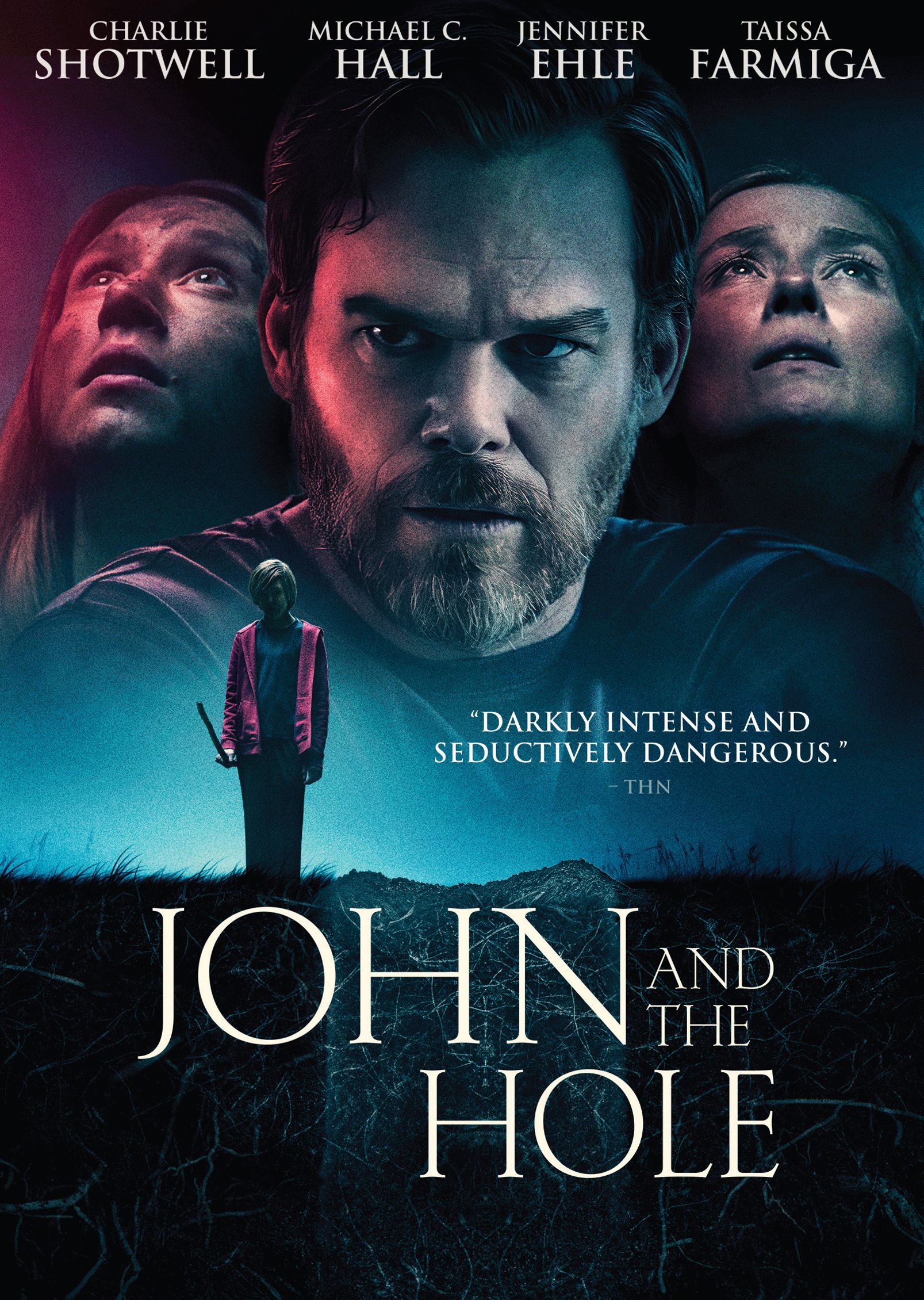
John and the Hole
- Director
- Pascual Sisto
- Release Date
- August 6, 2021
- Cast
- Michael C. Hall , Charlie Shotwell , Jennifer Ehle , Taissa Farmiga
- Runtime
- 103 minutes


